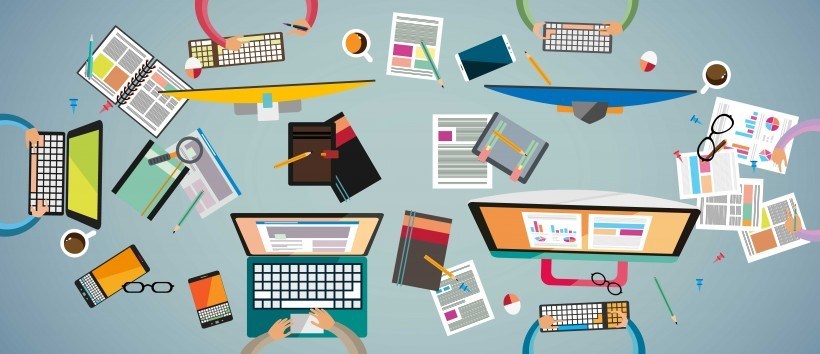Instructional Design: 5 Must-Have Skills
Nowadays, the field of Instructional Design has its focus more on "personal construction of meaning and User Experience," rather than simply being about skill development and knowledge acquisition, which triggers lots of discussions on what skills an Instructional Designer should have.
Here are 5 essential skill sets that you need to prepare to successfully construct the desired learning experience for universal learners:
1. Knowledge Of Instructional Design Models
Instructional Design is a process rather than a teaching practice; it has an entrance to start and an exit point to end or restart. A properly selected Instructional Design model helps set the direction and provides “guidelines to organize appropriate pedagogical scenarios to achieve instructional goals.”
Several different instructional models are available for selection, such as ADDIE, ASSURE, and SAM; a qualified Instructional Designer should be able to tell the stages and phases of the model that he/she works with and customize it to organize relative instructional components and activities.
2. Experience With Educational Technologies
Although there are expectations of an Instructional Designer to focus on design (planning and creating materials), it would also be advantageous for an Instructional Designer to have first-hand experience with educational technologies. The aim of receiving first-hand technology experiences is not to make an Instructional Designer an “all-rounder,” but to provide quality and effective Instructional Design services.
In addition to commonly used educational technologies, such as word processing software and Learning Management Systems (LMSs), here is a shortlist of a few educational technologies that will boost the Instructional Designer:
- Screen capturing tools
Camtasia, Screencast-O-Matic - eLearning authoring tools
Adobe Captivate, Articulate 360/Storyline 360 - Multimedia tools
Adobe Creative Cloud (Photoshop, Premiere, After Effect) - ePortfolio tools
Google Site, Pathbrite, Wix
3. Awareness Of Copyright
An Instructional Designer is not only the person to map existing instructional materials with learning goals, but they are also the guards who guarantee the design is free from copyright issues. It is the Instructional Designer's responsibility to review any received materials, prepare answers to copyright-related questions, and make sure all selected materials are with proper compliance.
If there is a copyright-related concern, Instructional Design can suggest using alternative open-source materials, such as Creative Commons and OER resources. Some websites provide high-quality, royalty-free images, audios, and videos, such as Pexels, Pixabay. If the budget allows, it is always helpful to create original and reusable materials.
Here is some information on how to deal with copyright questions when working with SMEs:
- Intellectual property in Instructional Design (Video & Image)
- Copyright law for Instructional Designers
- Protect your eLearning work
4. Consideration Of Accessibility
Universal Design for Learning (UDL) principles set the foundation for Instructional Design, so it is practical for Instructional Designers to consider accessibility when developing any learning materials.
Aspects to consider include alt-text for an image, closed captioning and downloadable transcription for audio and video, workable hyperlinks, proper heading styles in documents, etc. (Also, check the post of accessibility design from IHE: 5 Tips for ADA-Compliant Inclusive Design.)
5. Ability To Conduct Research
Although Instructional Design is not a "research" job, in the same way as a research faculty position is, more and more Instructional Design-related jobs do expect the ability to “conduct research,” nowadays, more than ever before. It is believed that the ability to conduct research will keep an Instructional Designer sensitive in exploring the best learning solutions and also, have the ability to lead education with more innovative initiatives, such as the possibility of integrating AR and VR into education.
To sum up, with the knowledge of Instructional Design models and learning theories, an Instructional Designer can guide the design process. With the experiences of technologies, an Instructional Designer increases their own freedom of turning brilliant ideas into reality. With awareness and consideration of copyright and accessibility, an Instructional Designer can provide a learning environment that is at ease and justified. And, with continuous research in related fields, an Instructional Designer can not only stay on the cutting edge of the world but also become an innovative leader in education.
References:
The Difference Between Instructional Design, Instructional Technology, and Instructional Science (https://institute.franklin.edu/i4-blog/Difference-Between-Instructional-Design-Instructional-Technology-and-Instructional-Science/gardner-joel)







